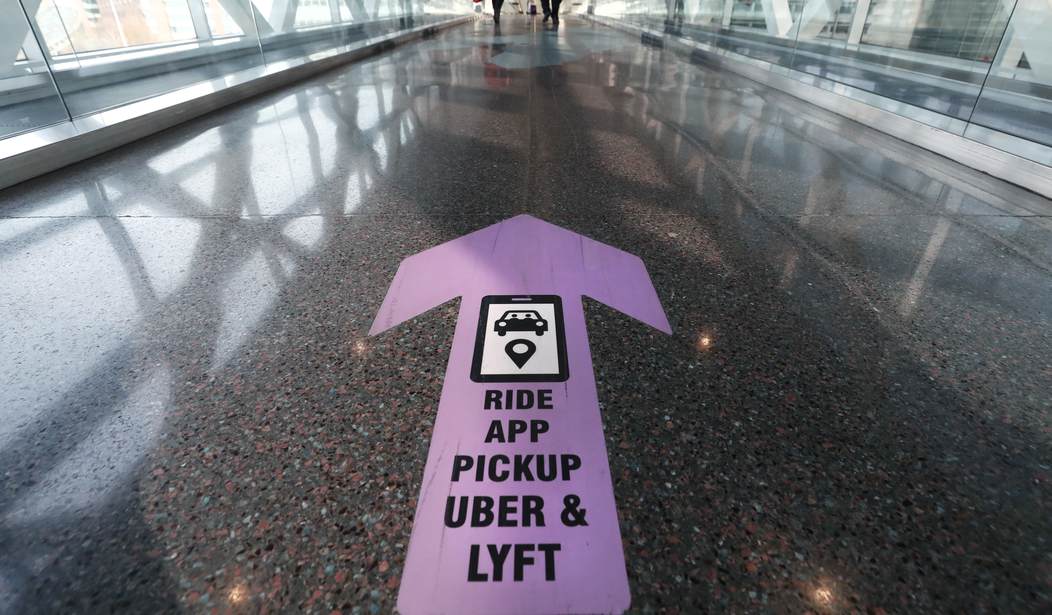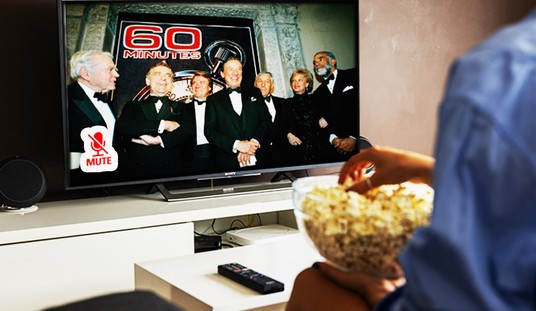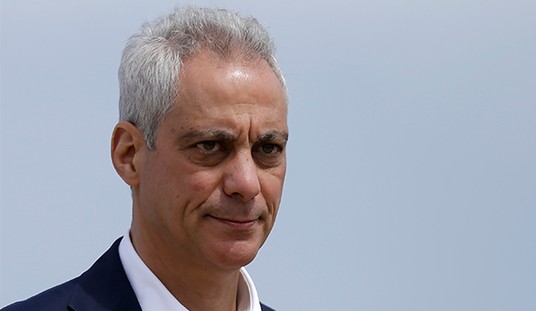Very shortly after arriving at O’Hare International Airport, situated slightly northwest of Chicago’s official city limits, I began my traditional arrival ritual. A short walk to baggage claim followed by requesting an Uber to get me home to my downtown apartment.
The infamous Chicago “L” train was typically a viable means of transportation as well. Although this delayed red-eye flight delivered me to Chicago around 2 AM, thus I turned to ride-sharing in the name of safety and convenience.
Or so I thought.
A ritual that typically took ten minutes, pre-pandemic, suddenly seemed very different. I sat by the baggage claim staring at a “Requesting Uber” message for more than 20 minutes. I looked around and saw almost all of the other passengers on my flight doing the same thing. Then I switched to Lyft, only to be met with a similar circumstance. This continued for an hour before I gave up and chose to take the “L” train.
Perhaps it was a fluke night.
The next week, with city COVID-19 restrictions finally lifted, I prepared to meet my girlfriends for dinner at a restaurant only two miles away. Typically, I would log in to Uber and a car would arrive in less than five minutes with a cost close to $15. This time, the wait time for a driver was 25 minutes and the fare for my two-mile jaunt was a whopping $51.
Unfortunately, I am not alone. Any American who has attempted to zip around town quickly via Uber or Lyft has experienced similar frustration and sticker shock. According toThe New York Times, ride-sharing service prices are up 50 percent or more since the pandemic.
Recommended
This begs the question: What is happening with Uber and Lyft?
Becky Katz Davis, a spokeswoman for Uber, attributed inflated fares and excessive wait times to a shortage of drivers. According to Davis, many drivers stopped working in 2020 due to the coronavirus pandemic and the associated government-imposed lockdowns and business closures.
However, that was then. This is now. The pandemic is in the rearview mirror, no pun intended.
What’s more, most Americans are vaccinated or have natural immunity to COVID-19. America, is open again. City dwellers throughout the country are ready to get back into the swing of a “normal” summer, making long-overdue plans.
Plans that in the past included at least one, if not multiple, Uber rides.
Yet, drivers for the ride-sharing companies do not feel the same. Riders are returning faster than drivers, creating a huge supply shortage. This is what is to blame for these never-before-seen wait times and sky-high fares.
So, why is there such a lack of drivers for these companies? After all, recent unemployment numbers show there are still a staggering number of Americans who remain jobless. After months of jobless claims trending positively downward, have we hit stagnation?
Federal supplemental unemployment benefits are one factor to consider. After all, millions of Americans continue to receive unemployment bonus benefits courtesy of Uncle Sam.
Inevitably, the federal bonus benefits have disincentivized millions of Americans from re-entering the workforce—despite the fact that many businesses are desperate for workers, with many raising wages and offering significant signing bonuses in an attempt to incentivize employees.
Uber and Lyft know this all too well. Both companies have been offering hefty incentives in an attempt to lure more drivers. In fact, Uber is so desperate to hire drivers it has accumulated a $250 million signing bonus fund.
Despite this, ride-sharing companies are still having a difficult time finding drivers willing to work. This could also have something to do with the skyrocketing crime rates in most major cities. Indeed, there have been several incidents wherein Uber drivers have been victims of the uptick in violence.
However, most experts agree that the main problem in the ridesharing industry is simple: too few drivers due to the government dole.
This is yet another example of government intervention inserting a wrench into the free market.
The best solution would be for the federal government to immediately terminate the bonus federal unemployment benefits, thereby removing the artificial chokehold placed on the labor market.
Only then can the ridesharing industry, as well as every other industry for that matter, begin to resemble some semblance of normalcy.
As a city dweller and frequent consumer of ride-sharing services, I fear these inflated costs and long wait times will remain for months. Until then, let’s wear sensible footwear and walk as much as we can. After all, even that is better than hailing a taxi.
Samantha Fillmore (sfillmore@heartland.org) is a government relations manager at The Heartland Institute.

























Join the conversation as a VIP Member